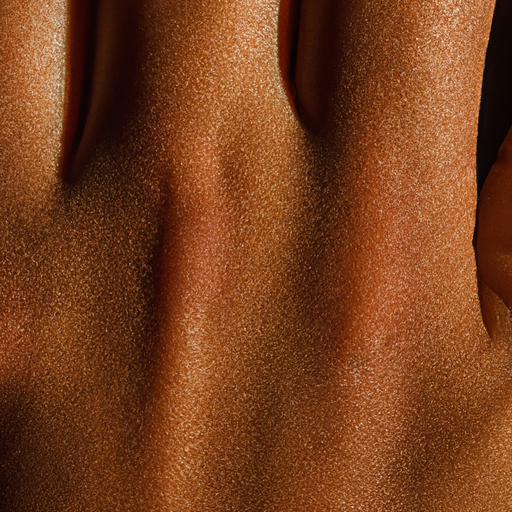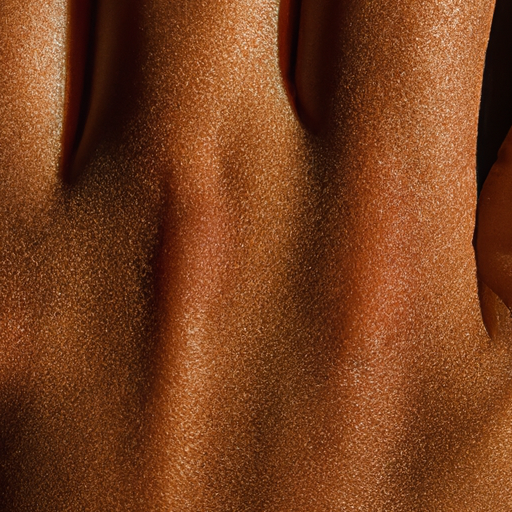As a medical professional, I am often asked about the best practices for maintaining healthy and radiant skin. One of the most effective ways to achieve this is through regular face exfoliation. This process, when done correctly, can significantly improve the appearance and health of your skin. This article aims to provide an essential guide to face exfoliation, unmasking the radiance that lies beneath the surface.
Exfoliation is a skincare routine that involves the removal of dead skin cells from the surface of your skin. Our skin naturally sheds dead cells every 30 days or so. However, this process can slow down with age, leading to dull, dry, or flaky skin. Regular exfoliation helps speed up your skin’s natural turnover process to reveal fresh, healthy cells underneath.
There are two main types of exfoliation: physical and chemical. Physical exfoliation involves using a scrub, brush, or other abrasive tools to physically remove dead skin cells. On the other hand, chemical exfoliation uses acids or enzymes to dissolve dead skin cells.
Physical exfoliation can be beneficial for those with oily or thicker skin as it can help unclog pores and reduce the appearance of acne. However, it’s crucial to use gentle, circular motions to avoid irritating the skin. Over-exfoliating can lead to redness, inflammation, and even breakouts.
Chemical exfoliation is generally suitable for all skin types, especially those with sensitive or dry skin. Alpha hydroxy acids (AHAs) like glycolic and lactic acid are water-soluble and help peel away the surface of your skin so that new, more evenly pigmented skin cells may generate and take their place. Beta hydroxy acids (BHAs), like salicylic acid, are oil-soluble and can penetrate deeper into the pores, making them ideal for those with acne-prone skin.
Regardless of the method you choose, it’s essential to start slow. Begin with once or twice a week and see how your skin responds. If your skin tolerates it well, you can gradually increase the frequency.
Post-exfoliation care is equally important. Always moisturize your skin after exfoliating to replenish any lost moisture. Additionally, exfoliation can make your skin more sensitive to the sun, so it’s crucial to apply sunscreen daily to protect your skin from harmful UV rays.
Remember, everyone’s skin is different. What works for one person may not work for another. It’s always best to consult with a dermatologist or skincare professional before starting a new skincare routine.
In conclusion, regular exfoliation is a key component of a healthy skincare routine. It helps remove dead skin cells, unclog pores, and reveal the fresh, radiant skin underneath. Whether you choose physical or chemical exfoliation, always remember to be gentle with your skin and protect it from the sun. With the right approach, you can unmask your skin’s natural radiance and maintain a healthy, youthful glow.




